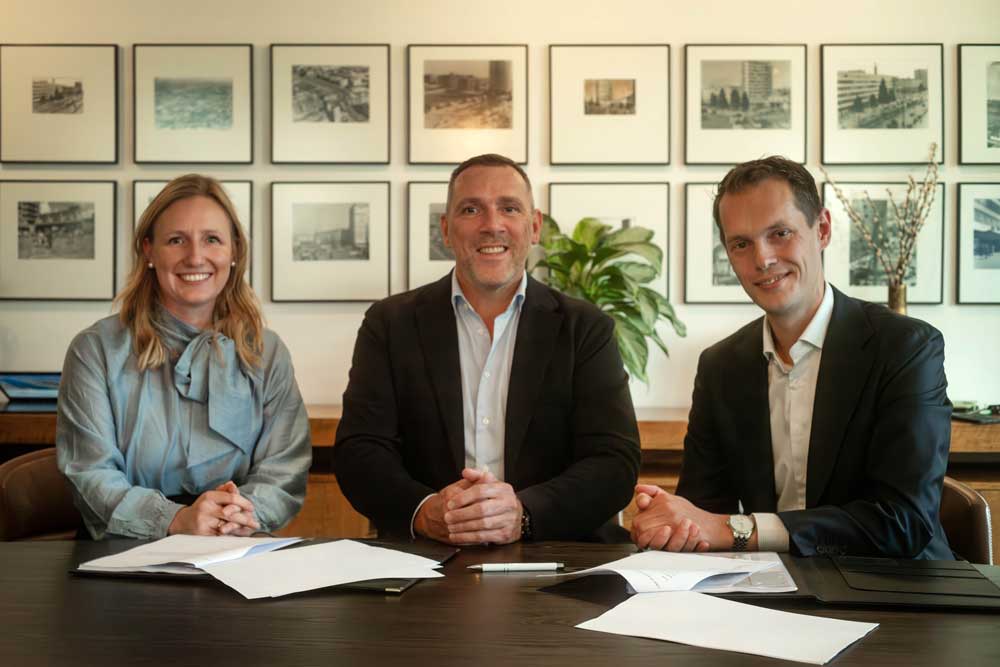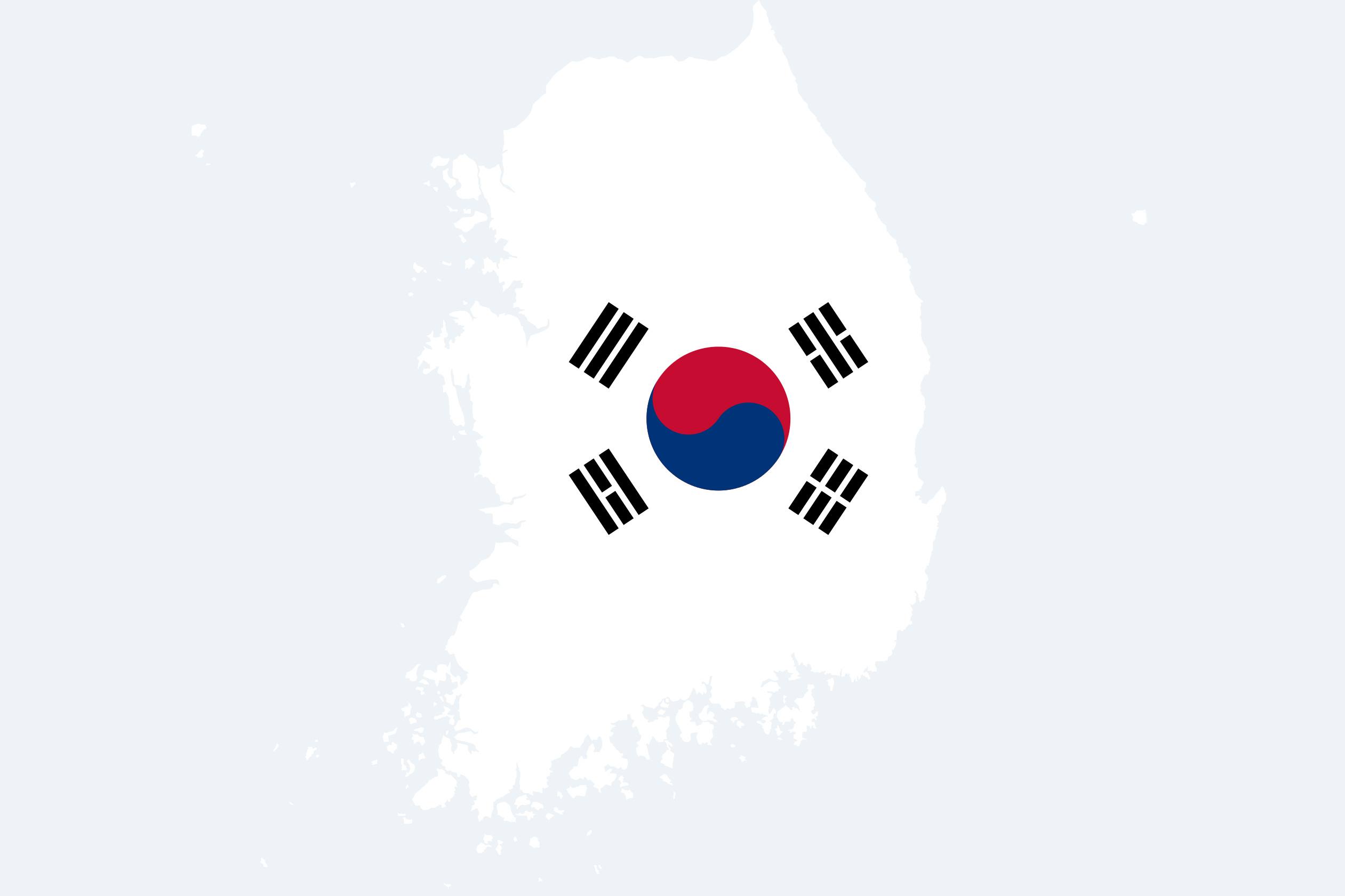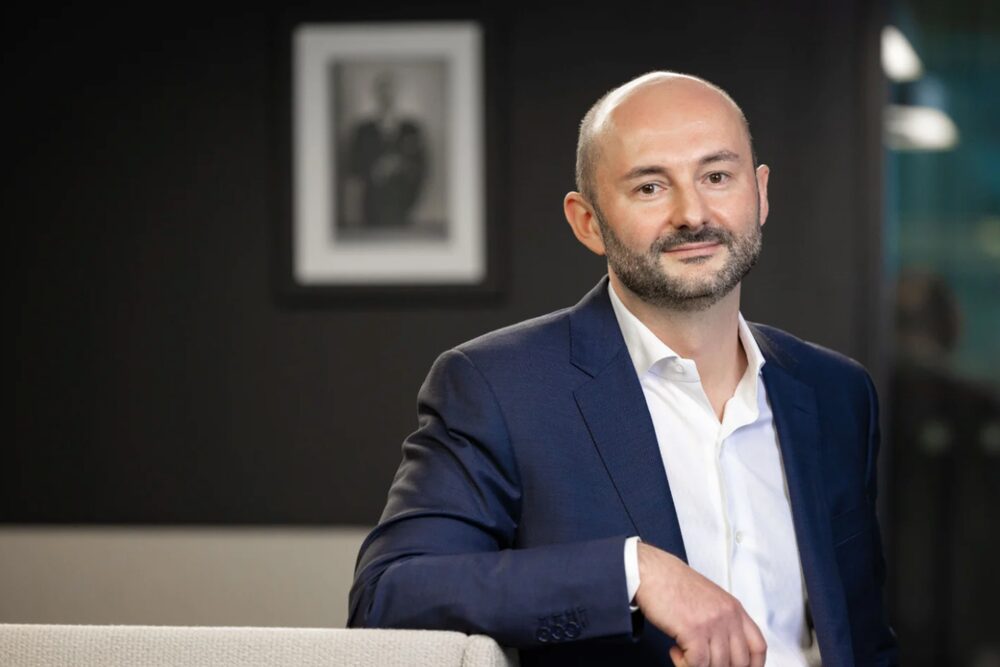The terminal operator APM Terminals Maasvlakte II (APMT MVII) will offer shore-side electricity in Rotterdam from 2028.
This is expected to save up to 7,000 tons of CO2 per year. Nitrogen and particulate matter emissions will also be reduced. According to the company, this is “an important step towards making the port of Rotterdam more sustainable.” APMT MVII signed an agreement with Rotterdam Shore Power, a partnership between the Port of Rotterdam Port Authority and energy company Eneco. From 2028, ships will draw a total of around 13,000 MWh of electricity while moored in the port.
Rotterdam switches to shore power
Rotterdam Shore Power and APMT MVII are working together on the further development and implementation of the terminal’s shore-side power supply. The first ships are expected to be able to use the shore power facilities from 2028. This is “well ahead of the European regulation”, which stipulates shore power for container ships by 2030. In addition to APMT MVII, ECT also announced its intention to use shore power from 2028.
“Offering shore power to our clients is a logical next step in our global strategy to minimise emissions in the maritime sector,” said Harold Kunst, CEO of APMT MVII. “This collaboration with Rotterdam Shore Power is an important step towards our shared goal of making the port of Rotterdam a global leader in sustainability.”
Rotterdam Shore Power also echoed this message. “With this cooperation, we are adding a third deep-sea terminal to our shore power portfolio,” explains Managing Directors Ina Barge and Tiemo Arkesteijn.
Reducing noise as well as emissions
“Shore power is an effective way to reduce emissions from shipping and also ensures that ships do not make noise at the quay,” says Brigit Gijsbers, Deputy Director-General for Aviation and Maritime Affairs at the Ministry of Infrastructure and Water Management. “It’s great to see that the port of Rotterdam is now taking another major step towards making the port more sustainable.”
APMT MVII is already a CO2 emission-free terminal, with energy-efficient and environmentally friendly buildings and installations. The majority of the equipment used, including the all-electric Lift Automated Guided Vehicles (L-AGVs), contribute to this sustainable character, according to the company. These vehicles, which transport containers, are powered by green electricity from wind power and cause minimal noise pollution.















